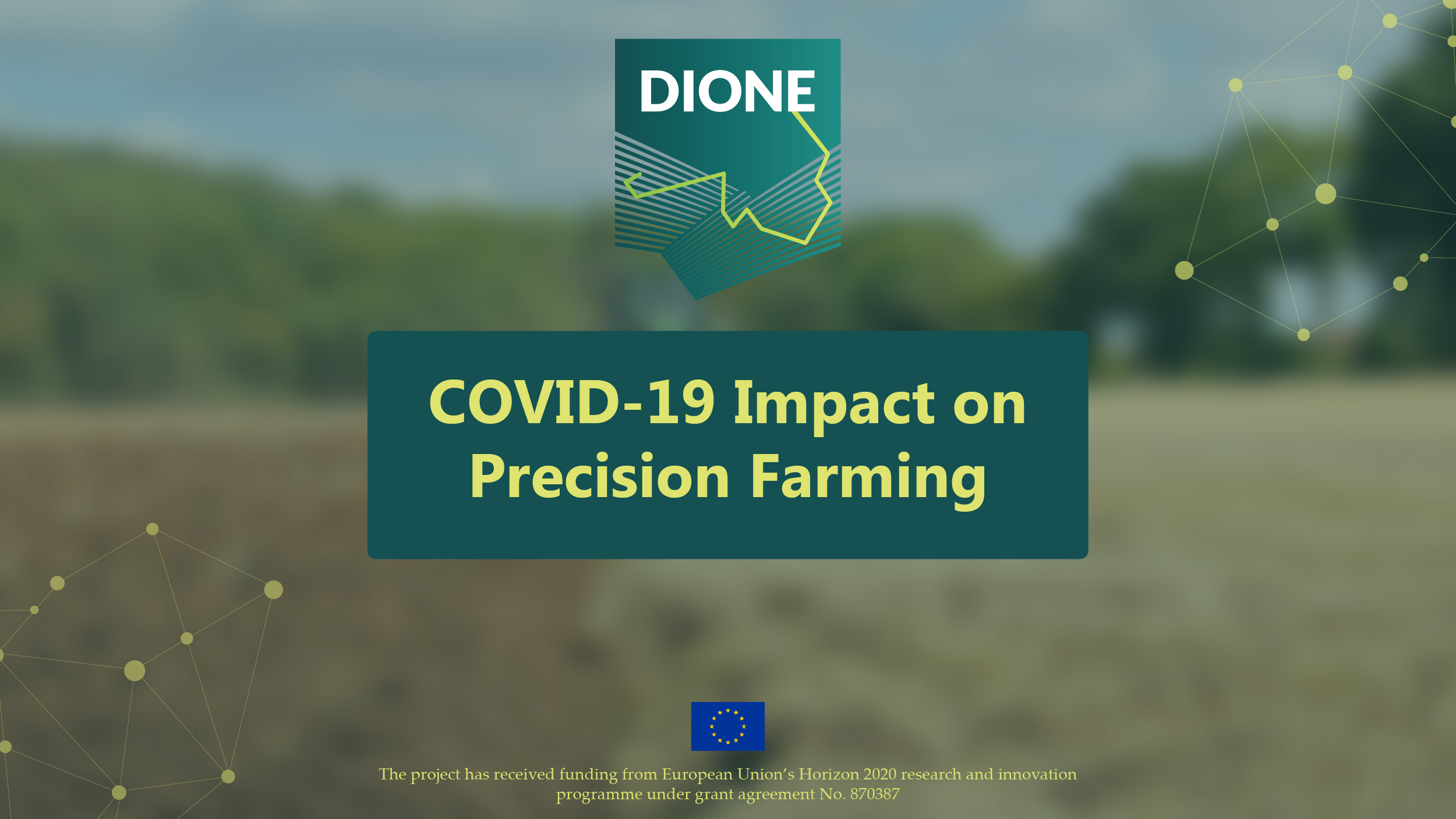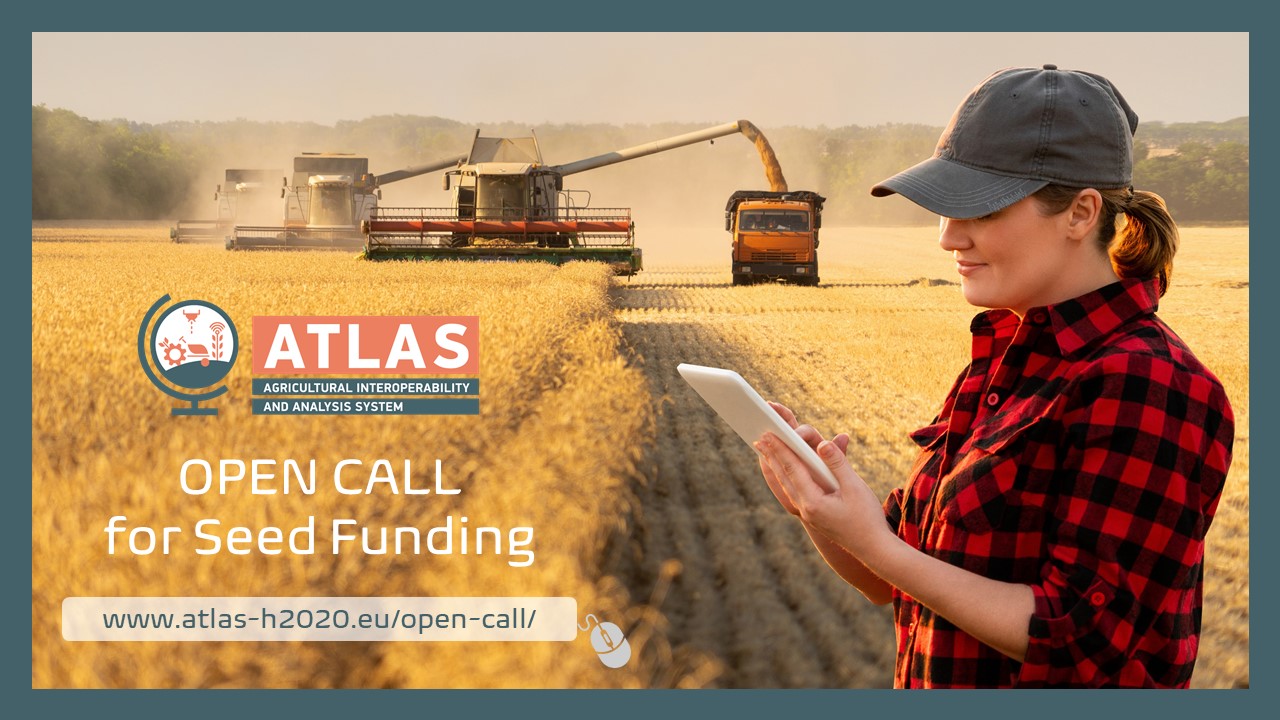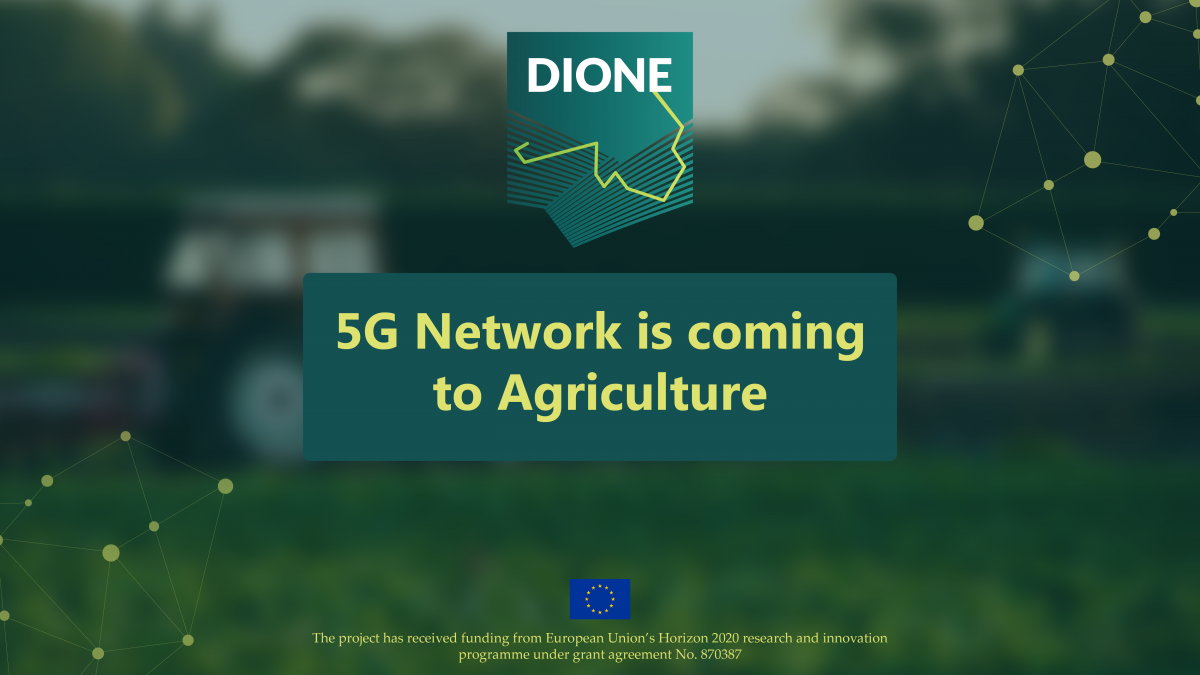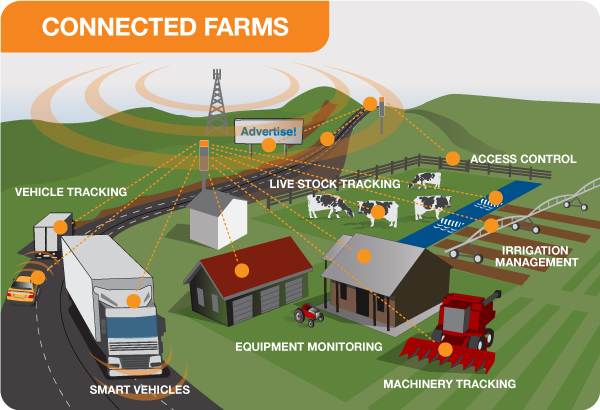
COVID 19 Impact on Precision Farming industry
August 6, 2020
ATLAS Open Call – Develop New and Innovative Services
September 8, 20205G is the 5th generation of communications systems, a major expansion of today's 4G LTE networks. 5G has been designed to accommodate the extremely broad increase in data and mobility in today's digital world, the Internet of Things with billions of connected devices, and tomorrow's technologies. 5G will initially operate in conjunction with existing 4G networks prior to the development of fully stand-alone networks in subsequent releases and coverage expansions.
5G will provide the speed, low latency and connectivity to enable a new generation of applications, services and business opportunities that have not been seen before.
5G will provide the speed, low latency and connectivity to enable a new generation of applications, services and business opportunities that have not been seen before.
There are three major categories of use case for 5G:
1. Massive machine to machine communications – also called the Internet of Things (IoT) that involves connecting billions of devices without human intervention at a scale not seen before. This has the potential to revolutionise modern industrial processes and applications including agriculture, manufacturing and business communications.
2. Ultra-reliable low latency communications – mission critical including real-time control of devices, industrial robotics, vehicle to vehicle communications and safety systems, autonomous driving and safer transport networks. Low latency communications also opens up a new world where remote medical care, procedures, and treatment are all possible.
3. Enhanced mobile broadband – providing significantly faster data speeds and greater capacity keeping the world connected. New applications will include fixed wireless internet access for homes, outdoor broadcast applications without the need for broadcast vans, and greater connectivity for people on the move.
1. Massive machine to machine communications – also called the Internet of Things (IoT) that involves connecting billions of devices without human intervention at a scale not seen before. This has the potential to revolutionise modern industrial processes and applications including agriculture, manufacturing and business communications.
2. Ultra-reliable low latency communications – mission critical including real-time control of devices, industrial robotics, vehicle to vehicle communications and safety systems, autonomous driving and safer transport networks. Low latency communications also opens up a new world where remote medical care, procedures, and treatment are all possible.
3. Enhanced mobile broadband – providing significantly faster data speeds and greater capacity keeping the world connected. New applications will include fixed wireless internet access for homes, outdoor broadcast applications without the need for broadcast vans, and greater connectivity for people on the move.
Using 5G, farmers can monitor field conditions and be informed when crops need watering, pesticides or fertilizers. Other uses in 5G farming are livestock tracking, piloting agricultural drones and directing self-driving tractors. The result for agriculture is improved crop yields, better production quality and higher profits.
5G supports smart farming, which requires precise treatments for crops. Instead of treating an entire field the same, farmers can give each row of plants precisely what it requires. 5G is critical to this, as it supports machine to machine communications. 5G speeds-up the whole shebang, allowing machines to be controlled centrally and data to be sent in real-time. In the near future, 5G-enabled drones will map weeds or pests to allow site-specific treatments. It would greatly decrease the amount of plant protection products required because they would not be spread to the entire crop, but rather to specific goal plants.
High-resolution images are required for these tasks. 5G opens up the opportunity to create an efficient workflow. Images are transmitted directly from the field to the server where the data is processed and the result is returned to the treatment vehicle. Such a workflow has the major benefit that the productivity of the farmer is very strong as he does not need to move or process the data.
5G networks will need to increase the quality of service, and utilize emerging technologies such as network slicing at the core network. Radio/access level carriers must also work to decrease device cost, energy usage and increase dependability, coverage and spectrum proficiency.
5G offers a lot of potential for agriculture. Many farms, whose access to fiber optics is too expensive, will have broadband internet access via 5G. Machines and equipment in stables and fields at any place may be incorporated into the farm network. A wide range of new technologies are being developed, such as irrigation control, weed control, cow sensors and autonomous vehicles, all of which benefit from rapid data transmission. These technologies will undoubtedly be important in order to make agricultural production more efficient and sustainable in order to address the major current challenges.
5G offers a lot of potential for agriculture. Many farms, whose access to fiber optics is too expensive, will have broadband internet access via 5G. Machines and equipment in stables and fields at any place may be incorporated into the farm network. A wide range of new technologies are being developed, such as irrigation control, weed control, cow sensors and autonomous vehicles, all of which benefit from rapid data transmission. These technologies will undoubtedly be important in order to make agricultural production more efficient and sustainable in order to address the major current challenges.







